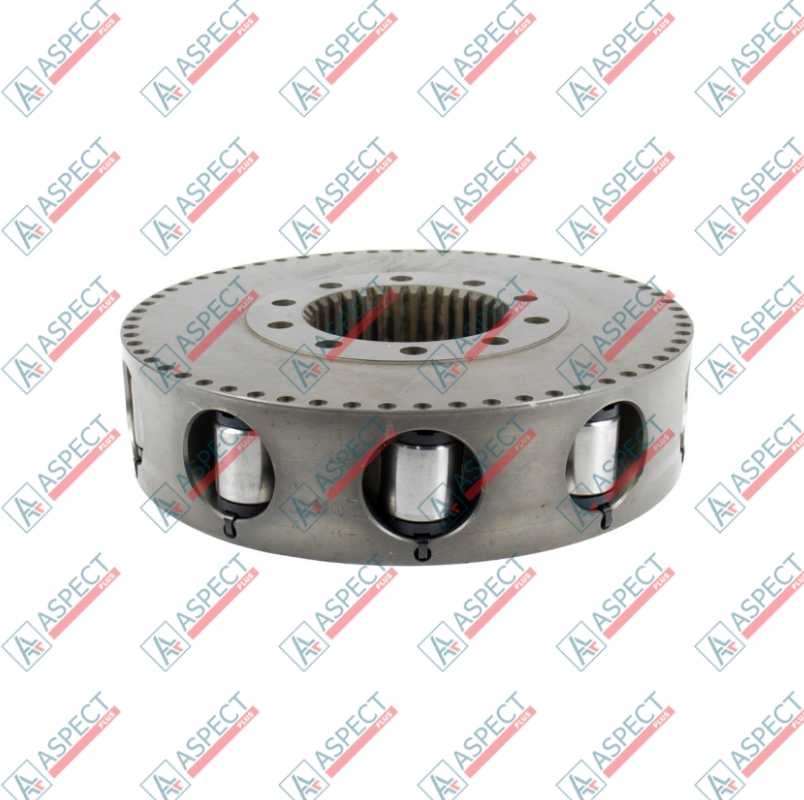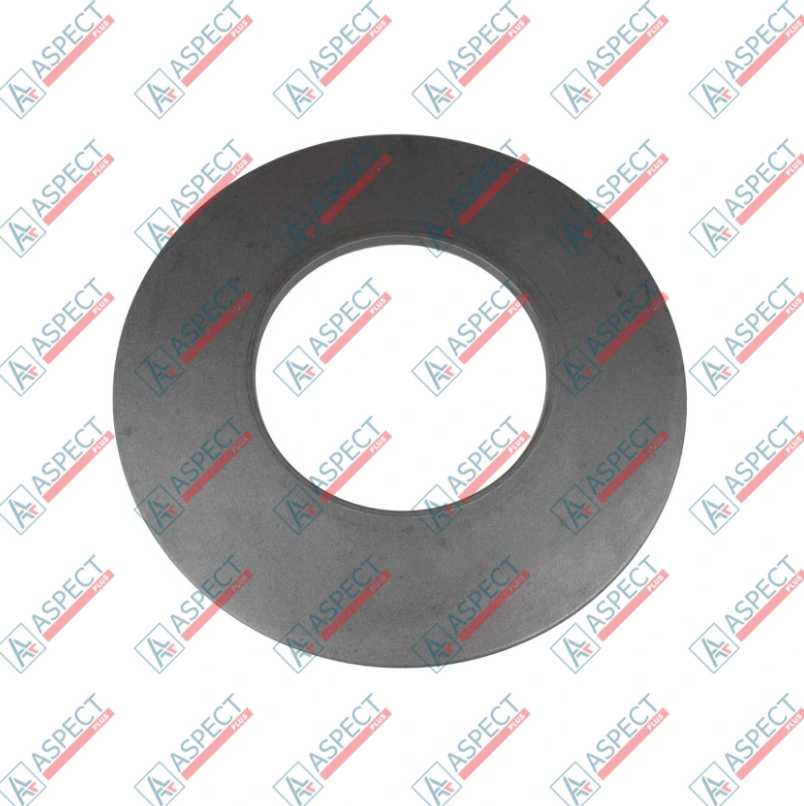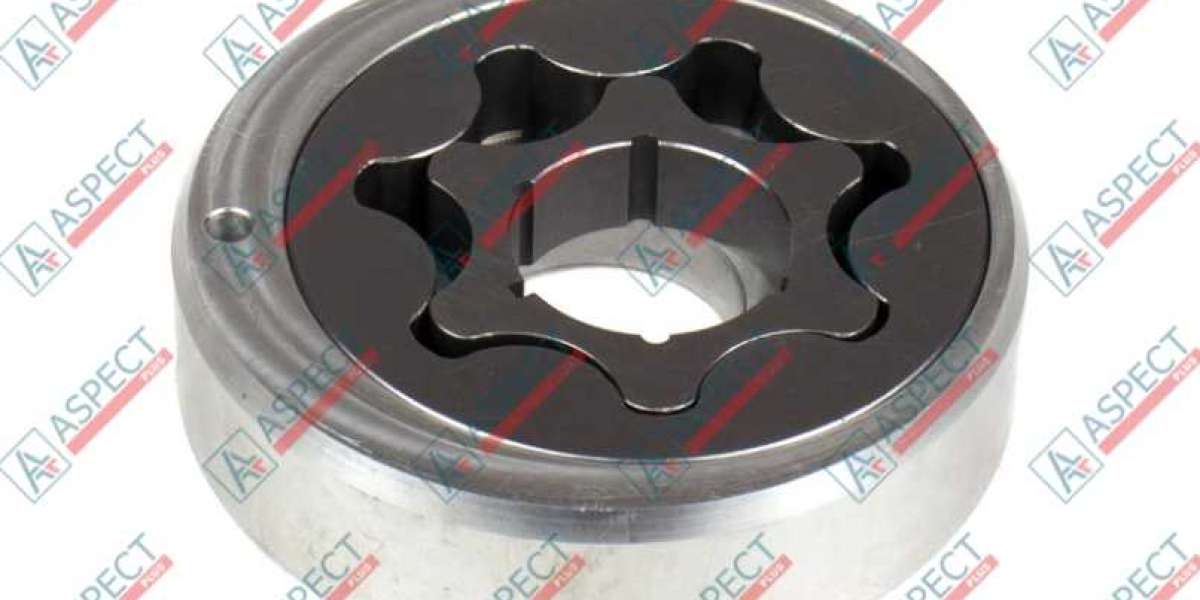Poclain hydraulic systems, particularly their high-torque motors, are integral to the performance of various types of special equipment in construction, agriculture, and industry. The precision and power of these systems are managed by control valves, intricate components responsible for directing fluid flow and regulating pressure. While Poclain valves are engineered for durability, operating machinery under excessive load conditions significantly increases the risk of premature failure. Understanding the mechanisms behind load-induced control valve failure and the correct repair methods is crucial for maintaining equipment reliability and preventing costly downtime. This article provides an expert analysis of why Poclain control valves fail under excessive load and outlines the essential steps for effective repair.
The Critical Role of Control Valves in Poclain Systems
The control valve assembly in a Poclain hydraulic system acts as the central command hub. It typically consists of multiple valve sections containing precisely machined spools and bores. Its primary functions are:
- Directing Flow: Based on operator input, the spools shift to direct hydraulic fluid to the appropriate motor or cylinder.
- Metering Flow: The extent of spool movement controls the volume of fluid, thus regulating the speed of the actuator.
- Pressure Regulation: Integrated relief valves protect the system by diverting excess flow back to the tank when pressure exceeds a set limit.
The performance of the entire hydraulic system depends on the valve's ability to maintain tight internal seals and respond accurately to commands.
Understanding Excessive Load in Hydraulics

Excessive load on a hydraulic system doesn't just mean lifting something too heavy. It encompasses several scenarios that stress the control valve:
- Pressure Spikes: Sudden impacts (e.g., hitting an obstacle with an excavator bucket) or abrupt stops can generate momentary pressure surges far exceeding the system's normal operating pressure.
- Sustained High Pressure: Continuously operating the equipment at or near its maximum pressure limit puts constant strain on valve components and seals.
- Shock Loads: Rapid changes in direction or speed under heavy load create hydraulic shock waves that impact the valve spools and body.
How Excessive Load Causes Poclain Control Valve Failure
When a Poclain control valve is subjected to excessive load, several failure mechanisms can occur:
- Spool Binding or Scoring:
- Mechanism: High pressure forces the valve spool hard against the bore wall. If any microscopic contamination is present in the fluid, or if lubrication is compromised due to heat, this intense pressure causes scoring (scratching) on the finely polished surfaces of both the spool and the bore.
- Consequence: Scoring increases internal leakage, leading to a loss of pressure and reduced control precision. In severe cases, the spool can bind or stick, causing erratic or completely unresponsive operation.
- Seal Failure and Extrusion:
- Mechanism: Pressure spikes exceeding the design limits of the spool seals (O-rings, backup rings) can physically extrude the seal material into the clearance gap between the spool and bore. Sustained high temperatures also degrade seal materials, making them brittle and prone to cracking.
- Consequence: Damaged seals lead to both internal leakage (loss of performance) and external leakage (loss of fluid, environmental contamination).
- Component Cracking (Fatigue Failure):
- Mechanism: Repeated high-pressure cycles or severe shock loads can cause fatigue cracks to develop in the valve body (casting) or even on the spools themselves, particularly at stress concentration points.
- Consequence: Cracks can propagate, leading to major external leaks or catastrophic structural failure of the valve block.
- Relief Valve Malfunction:
- Mechanism: Excessive load frequently forces the main system relief valve to open. Constant cycling under high pressure can fatigue the relief valve spring or cause the poppet/spool to wear or become contaminated, preventing it from seating correctly or opening at the specified pressure.
- Consequence: A relief valve stuck open causes a complete loss of system pressure. A valve that opens too early limits the machine's maximum force.
Symptoms and Diagnostics of Load-Induced Valve Failure
Recognizing the signs of valve failure is key to prompt repair:
- Jerky or Erratic Movements: Indicates spool binding or internal leakage causing inconsistent flow control.
- Loss of Power or Speed: Significant internal leakage reduces the effective pressure and flow reaching the actuators.
- External Fluid Leaks: Visible leaks around the valve sections point to seal failure or cracks.
- Increased Noise: Hissing sounds can indicate internal leakage across spools or relief valves. Banging or chattering might suggest relief valve instability.
- Slow Response: The machine responds sluggishly to operator commands due to pressure loss or sticking spools.
Diagnostic steps include:
- Visual Inspection: Check thoroughly for external leaks, cracks, or signs of overheating around the valve block.
- Pressure Testing: Measure system pressure at various points and during different operations. Compare readings to the Poclain service manual specifications. Pressure drops under load or failure to reach maximum pressure often point to valve issues.
- Flow Testing: If possible, measure flow rates to confirm internal leakage.
- Contamination Check: Analyze the hydraulic fluid for excessive contamination, which often exacerbates load-induced wear.
Repair Methods for Poclain Control Valves
Repairing a Poclain control valve requires meticulous attention to detail and adherence to specifications.
- Disassembly and Cleaning: Carefully disassemble the valve sections, keeping components organised. Thoroughly clean all parts using appropriate solvents to remove all contamination.
- Inspection (Defect Analysis): Critically inspect all spools and bores for scoring, wear, or cracks. Examine springs for fatigue and seals for damage or hardening. This inspection is crucial to identify all failed parts.
- Component Replacement (Using Quality Parts): Replace all seals, O-rings, and backup rings during any repair. Replace any scored spools, fatigued springs, or damaged valve bodies. Using genuine Poclain parts or high-quality certified analogues is mandatory. The precise tolerances and material specifications cannot be compromised. Inferior parts will fail rapidly under load.
- Reassembly: Lubricate components with clean hydraulic fluid and reassemble carefully, following the correct torque specifications for all fasteners as per the Poclain service manual. Improper assembly can cause binding or leaks.
- Testing: Ideally, the repaired valve should be tested on a hydraulic test bench to verify correct operation, relief pressure settings, and absence of leaks before reinstalling it on the machine.
Note: Heavily damaged valve bodies (cracked) or severely scored bores often necessitate complete valve replacement rather than repair.
Prevention and the Role of Quality Parts
The best repair is prevention. Avoiding excessive load through proper operator training and using the correct machine for the task is crucial. Additionally:
- Maintain excellent fluid cleanliness through rigorous filtration.
- Adhere to recommended hydraulic system maintenance schedules.
- Use only genuine Poclain parts or high-quality equivalents for all repairs.
Our company Aspect Plus offers a wide range of genuine Poclain spare parts, including seal kits, valve components, and complete valve assemblies, ensuring your repair restores the system's integrity and reliability.

Conclusion
Excessive load is a primary enemy of Poclain control valves, leading to failures like spool scoring, seal extrusion, and component cracking, which compromise the performance and safety of special equipment. Recognizing the symptoms of load-induced failure and performing meticulous diagnostics are essential first steps. However, the long-term solution lies in professional repair using only high-quality, genuine Poclain parts and implementing preventive measures to avoid future overloads. Investing in quality components and proper maintenance is the most effective strategy for ensuring the reliability and longevity of your Poclain hydraulic system.
For expert advice, diagnostic support, and a reliable source for genuine Poclain valve parts, contact the specialists at Aspect Plus.



